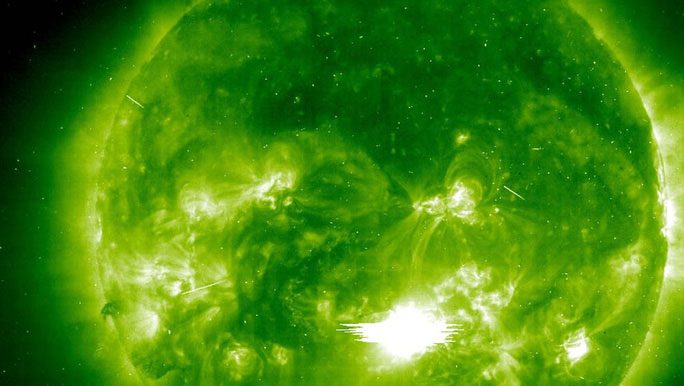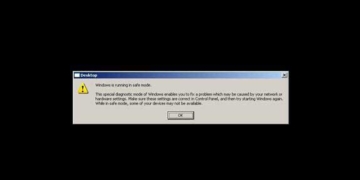According to The Independent, the Earth is currently experiencing a strong solar storm after NASA has continuously observed explosive energy bursts from our parent star.
According to an update from NOAA, the solar storm (also known as a geomagnetic storm) at level G3 began to be observed at 1:10 AM EDT on April 10, which is 12:10 PM on April 10 in Vietnam.

The Sun erupts in a coronal mass ejection. (Photo: NASA).
This is a strong storm, classified as G3, caused by the impact of a coronal mass ejection (CME) from the Sun, which disturbed the interplanetary magnetic field for several hours.
Two G1 level solar storms continued to “join the battle” at 2:40 PM and 10 PM on April 10 (Vietnam time).
According to measurements from NOAA this morning, April 11, the solar wind speed was frequently around 530 km/s. Typically, the solar wind speed varies depending on the strength of the storm, ranging from about 400 to 700 km/s.
Solar storms often bring stunning auroras, which have been observed recently in Northern Canada and Siberia. However, they can also cause significant damage to human technology and wildlife, affecting power systems, satellite navigation systems, and migratory animals.
At the highest level, G5, power grids could collapse, leading to disasters, satellite navigation could be completely disrupted, and auroras would “explode” globally.





















































